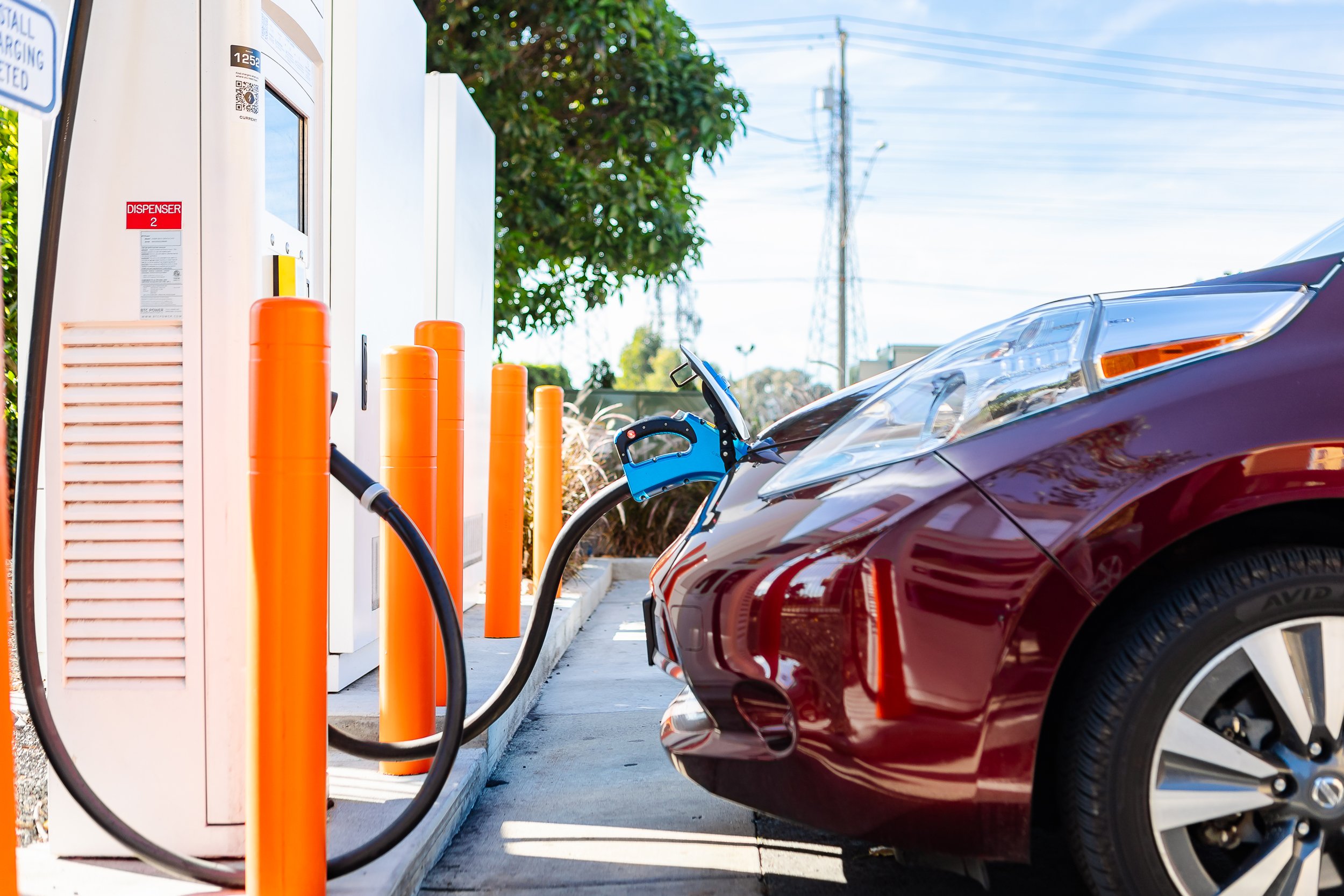The Illinois EV Moment: Renewed Rebates, Infrastructure Growth & Opportunity for CPOs
An electric vehicle plugged into an EV Range high-power charging station.
The Illinois EV Moment: Rebates Reloaded, Grant Dollars Released & Real Growth Signals
Illinois is gearing up for its next EV rebate cycle—October 28, 2025 to January 31, 2026—with $14 million in funding. Meanwhile, the state has unlocked new federal grant dollars and its NEVI program is mobilizing to build corridor charging infrastructure. These are clear signals that the market is moving. For CPOs, software providers, and infrastructure investors, this is a moment to take serious notice.
Whether you're running a growing CPO network, deploying new hardware, or eyeing acquisition opportunities, Illinois just became one of the most strategically important EV markets in the U.S.
Updated Illinois EV Rebate Program — What’s Changing
The next rebate window will run October 28, 2025 – January 31, 2026.
Low-income applicants may receive $4,000 toward qualifying EV purchases.
Other applicants may receive $2,000 rebates.
Buying an all-electric motorcycle is eligible for $1,500.
Applicants must apply within 180 days of purchase, the vehicle must cost $80,000 or less, and rebates are subject to available funding.
Illinois currently has $14 million appropriated to the rebate fund.
Rebate applications are prioritized for low-income applicants, but all Illinois residents are eligible to apply. Applicants must retain ownership of the vehicle for at least 12 months to qualify.
Grant Funding & Corridor Charging Expansion
Illinois isn't just incentivizing consumers—it’s funding infrastructure at scale. Key developments include:
$25.3 million in NEVI grants awarded to build charging stations along federally designated Alternative Fuel Corridors.
$18.4 million released in a recent grant round for charging infrastructure at 25 sites across interstate highways.
A cumulative plan to build 349 charging ports across 62 locations statewide.
Blink Charging awarded nearly $2 million to install public Level 2 and DC fast chargers at key Illinois sites.
Public grants can cover up to 80% of charger deployment costs when sites meet accessibility and usage requirements.
These initiatives are backed by Illinois’s total NEVI allocation of $148 million from the Bipartisan Infrastructure Law, along with supplemental state funds.
Federal EV Credit Phase-Out Timeline
The federal Clean Vehicle Credit program is set to expire for new purchases on October 1, 2025. Until then:
New EVs that meet domestic content and price requirements may qualify for a $7,500 tax credit.
Used EVs (2+ years old, purchase price under $25,000) may qualify for up to $4,000, subject to income caps.
Illinois’s state rebates can be combined with the federal credit if timing aligns.
As these federal incentives wind down, state-level support becomes even more pivotal in maintaining EV momentum.
Utility & Local Support for EV Charging
Several Illinois utilities and municipalities are helping to close the infrastructure gap:
ComEd has launched $100 million in EV rebate programs for public fleets and charging infrastructure.
Grants are available for multifamily, workplace, and public charging locations.
Time-of-use pricing is expanding, encouraging off-peak charging for both residential and commercial use.
By coordinating with utilities, CPOs can reduce installation costs and improve site economics—especially in lower-density or emerging corridors.
What This Means for Charging Operators, Hosts & Investors
For those building or expanding networks, Illinois offers a rare opportunity:
Demand stimulation through new vehicle rebates.
NEVI-backed funding to subsidize capital costs.
Regional clustering potential across key Midwest routes.
Incentive stackability across federal, state, and utility programs.
Clear public-private momentum, with grants flowing and deployment targets set.
With the right technology backbone, this market becomes not only investable but scalable.
The Role of Charging Management Software in Scaling Efficiently
Managing 10 chargers is fundamentally different from managing 100+ across sites. Illinois’s growth trajectory demands charging management software that supports:
Multi-site visibility and asset tracking
Real-time monitoring, alerting, and uptime assurance
Load management and time-of-use pricing integration
Remote diagnostics and proactive maintenance
API and protocol support (OCPP, OCPI)
Utility coordination and demand response readiness
Revenue reconciliation and performance analytics
Driver-facing features like session history, reservations, and mobile billing
EV Range’s EV Charging Management Software delivers exactly this—purpose-built for scaling CPOs who need intelligent infrastructure operations across multiple regions.
If you’re entering the Illinois market or expanding an existing network, choosing the right software is a strategic decision with real downstream impact.
What to Watch in Late 2025 and 2026
Stay on top of these developments to stay competitive:
Official launch and uptake of October 2025 rebate cycle
Utility RFPs and funding for site-hosted installations
Final federal EV credit eligibility period through Q3 2025
Grant awards and deployment progress for NEVI-funded corridors
Site clustering opportunities based on usage and load forecasts
Final Takeaway
The Illinois EV market is entering an inflection point. With refreshed consumer rebates, infrastructure grants now in motion, and strong utility participation, conditions are right for growth. Charging network operators, energy investors, and software platforms alike stand to gain—if they move with insight and speed.
To capture that growth, the foundation matters. Explore how EV Range’s platform can help your network deploy smarter, scale faster, and operate more efficiently.







